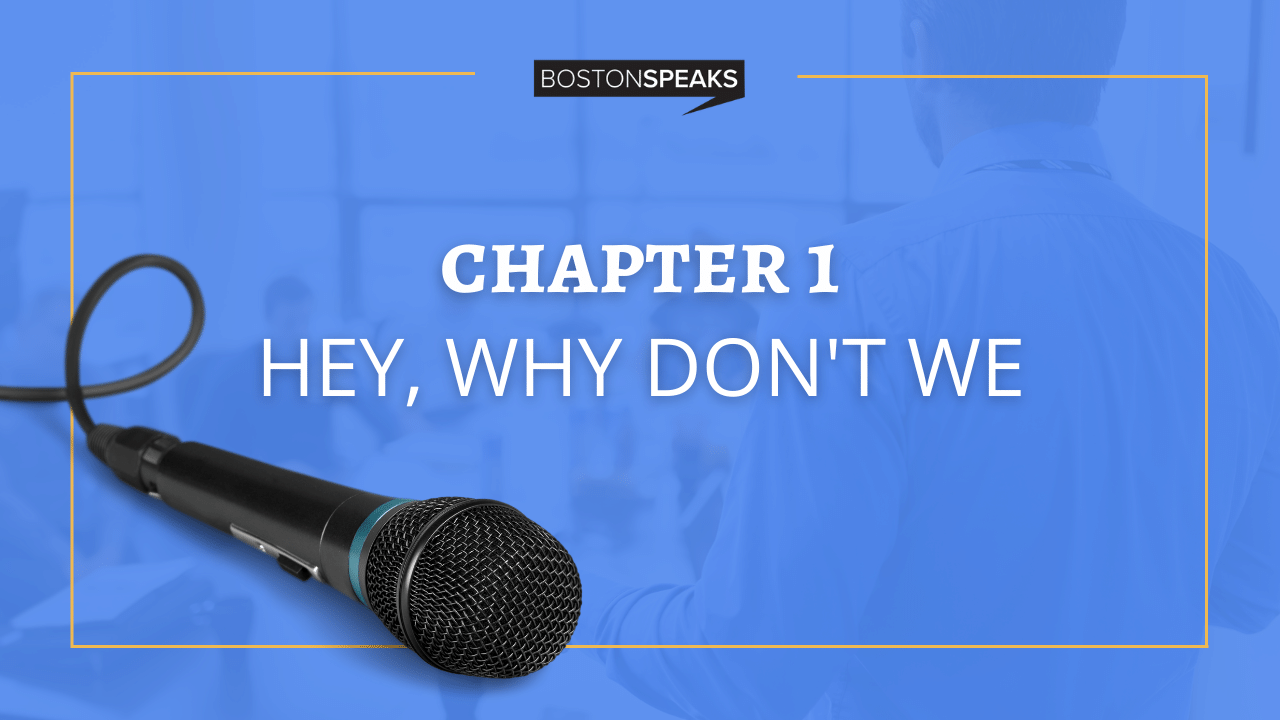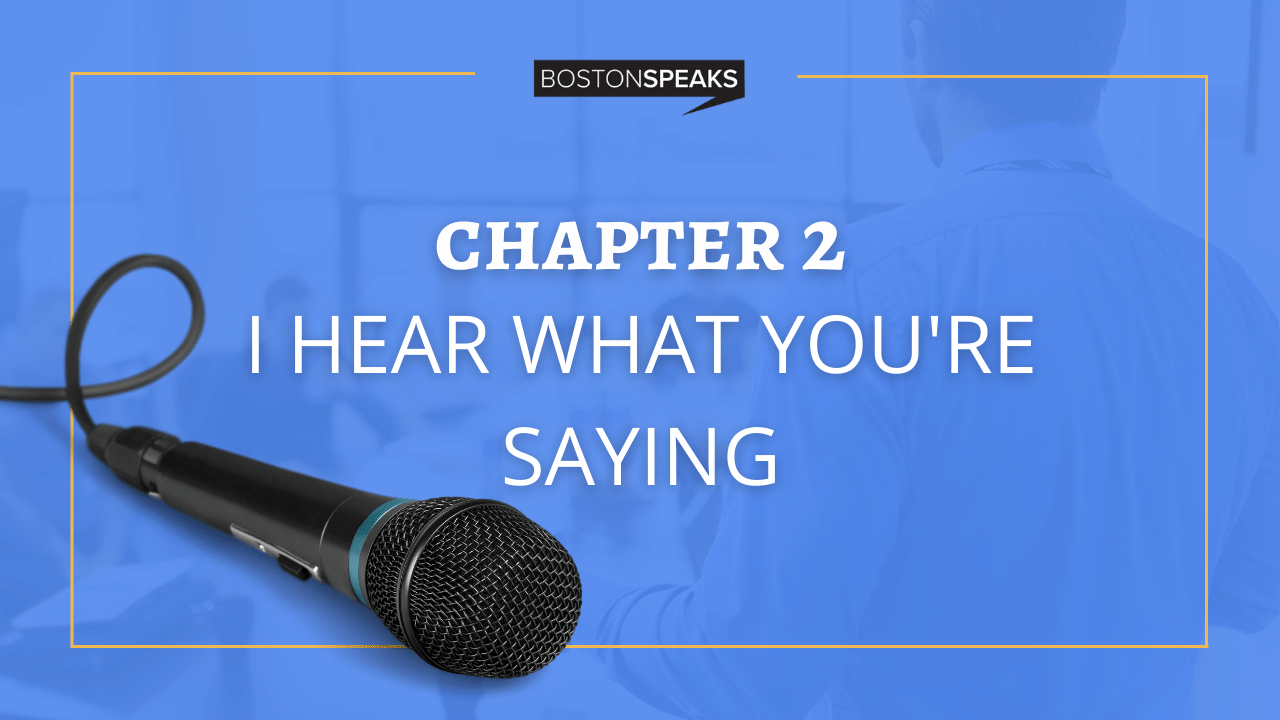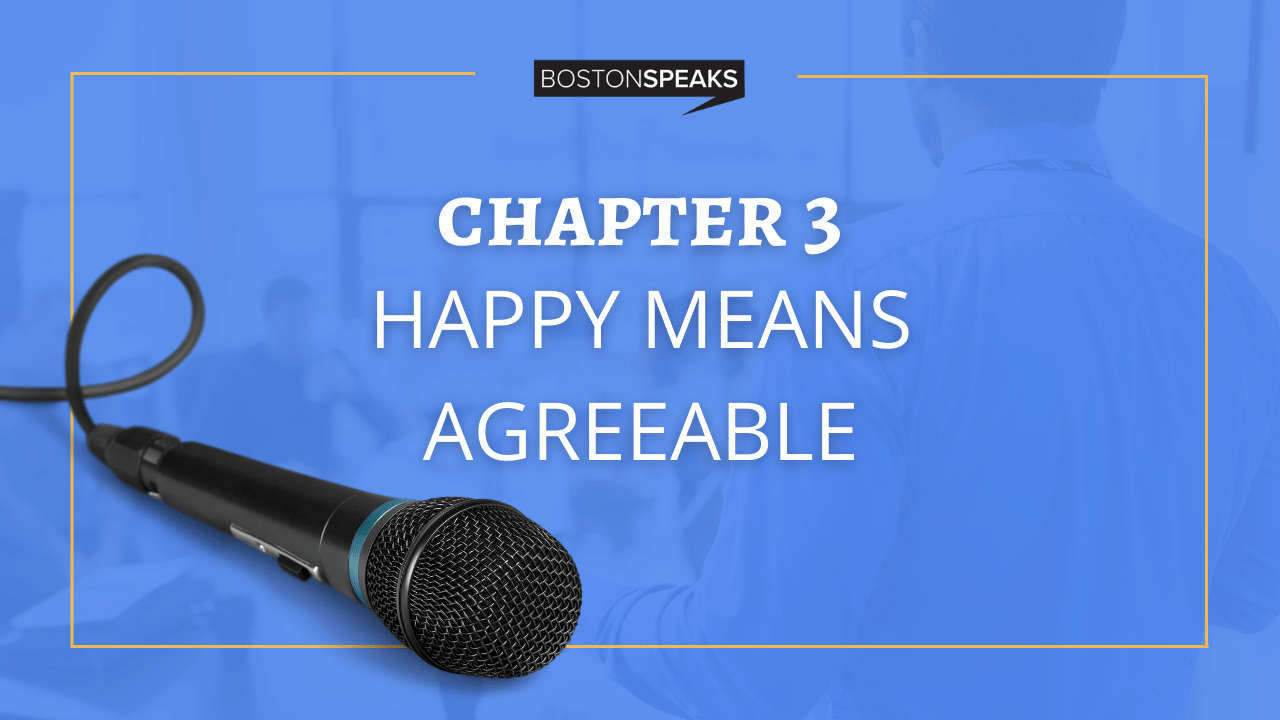
PERSUASION: The Ultimate Guide To Influencing Others Every Day
Learn how to influence and sway others.
(Download the PDF Guide Here)
Contents
Intro
Have you ever thought about how much time you spend each day just trying to get what you want?
Maybe you have to get up early to grab a shower before someone else uses all the hot water. Or you might have to text a friend to find out where you are meeting for lunch. If you’re lucky, you don’t have to start negotiating until after you leave the house. But you still may have to manage the line at the coffee shop before you get that first cup of energy.
Then you probably spend the rest of your day either trying to persuade someone or being persuaded.
“Hey Kit, can you send me that file?”
“Sure, but I need you to hop on a call with me this afternoon.”
“No can do, I agreed to take our dog to the vet.”
“Aw, man! Let me call the client and reschedule. Are you available tomorrow?”
And so it goes.
This book is about how to use the art of persuasion to get what you want. Now, before you decide whether or not you are the kind of person who wants or needs to persuade the people in your life, let me explain what I mean.
I’m not talking about Machiavellian maneuvering to trick others into serving you. I’m talking about the kind of light persuasion everyone uses to smooth over life’s conflicts.
In The Art of Interpersonal Persuasion, Ray H. Hull, writing for The American Speech-Language-Hearing Association (ASHA), explains that we use interpersonal persuasion to change others’ attitudes, behaviors, or beliefs. Often our goal is to resolve a conflict.
Think about it. How often during your day do you have to ask someone to do something for you? How often do you have to convince someone to go along with your idea? When you really want something to go your way, are you sometimes tempted to argue? What if you could persuade instead?
The ability to persuade or convince others (for good or bad) is something many of us pick up through life experience. But, there’s also a science to the process. Humans tend to respond to certain situations in a predictable way. Dr. Robert Cialdini’s six principles of persuasion are all about using these predictable responses to influence those around us.
So, are you ready to learn how to smooth over the day-to-day conflicts that life brings your way and become a convincing communicator?
Sure you are! Let me help you get started with a few tips on negotiating with your friends.
-Kit Pang
Founder of BostonSpeaks
Chapter 1: Hey, Why Don't We

How many conversations with your friends start that way? You want to go somewhere, do something, have some fun, but what? And, where? That’s when the negotiating starts. Should we go out to eat? Maybe, but which restaurant? Do you want to see a movie? Which one?
If you are able to reach an agreement, it will be too late to do anything by the time you decide!
So what can you do?
Narrow your focus. Start by identifying what you and your friend or friends can agree on. That might be the fact that you are going out. Or, maybe you can all agree that you want to get something to eat.
Next, figure out what the deal breakers are.
If one of your friends has issues that are non-negotiable, then there’s no point arguing about those. You either have to agree or choose not to go out, right? (This is the part where you have to be gracious and remember that you may be the one with the deal-breaker next time.)
Pile on the persuasion. Once you’ve got your list of decisions down to something more workable, like what restaurant to go to, then you can kick your persuasive skills up a notch. Maybe you could try what Cialdini calls consensus. You’ve probably heard it by its modern name, social proof.
“Chris told me that he and his friends eat at Gotta Eat Somewhere all the time. Why don’t we go there?”
Or, what about employing the power of three? What’s that? Our brains are wired to like things that come in threes!
So, when making your very convincing argument in favor of Gotta Eat Somewhere, try giving three reasons why everyone should agree with you.
“Chris likes it, they have an all-you-can-eat fries special, and I’m starving!”
To be even more convincing, try to make at least one of your arguments something that benefits your friends instead of you.
“Chris likes it, they have an all-you-can-eat fries special, and you said last week you wanted to go there.”
Wow! Did you see how I piled on the persuasion there? I’ve got social proof, consistency (you said you would, so you should), and the power of three.
See? Persuasion is easy once you get the hang of it.
Now, let’s move on to something a little more challenging--persuading your significant other to take your advice.
Did you just hear some ominous music playing?
Oh well, I’m sure it was nothing. Let’s go!
Chapter 2: I Hear What You're Saying

I’m sure you’ve had friends come to you to talk about their problems and maybe even ask your advice. And, being there when a friend needs support is important. Being there when your significant other--whether they are your partner, spouse, or some other title--is crucial. Offering understanding to your S.O. is kinda part of the job.
But what do you do if you know your S.O. is headed in the wrong direction? How do you persuade someone you care about to change their mind or behavior?
Offer guidance, not directions. Let’s start with the basics. Repeat after me: Adults don’t like to be told what to do.
We just don’t. Good advice, bad advice, life-changing, even life-saving advice--if it is phrased as a command--we don’t like it.
But don’t worry, there is a way to help your loved one without triggering their “You’re not the boss of me!” response.
Try asking instead of telling.
If you’ve ever participated in talk therapy (or seen it on TV) you’ll recognize the ask, don’t tell method of persuasion.
Using the ask, don’t tell method begins with active listening.
Whether you and your S.O. are having a debate about where to vacation or you are trying to help him or her choose a career path, finding answers starts with understanding the problem. And, if you want to persuade your special someone that one choice is better than another, you’ll need to understand which issues are most important to him or her.
“I want to go to Bermuda because I’ve never been there” won’t work nearly as well as, “I know you really enjoy being near the water, let’s go to Bermuda.”
How do you know that? Because you asked questions and listened.
Ahh! See how that works?
“That sounds like a great job offer! Did you find out anything negative about the company when you looked them up online?” will work much better than, “Wow! That sounds too good to be true. You’d better check out their online reviews before you do anything else.”
Give a little nudge. We know that people tend to prefer a course of action if they think it was their idea. So, using little nudges that help them come up with those ideas can help move a decision along without putting your companion on the defensive.
Remember though, as Ray Hull noted in The Art of Persuasion, “Interpersonal persuasion does not mean always winning. Instead, it means being able to create and convey appropriate responses, to identify and explain creative solutions, and to motivate people to positive change…”
What that means is, only use your powers for good.
Speaking of getting creative to achieve results, nothing requires more creativity than trying to convince your boss or co-workers to do things your way.
Okay, if you have kids, that’s a whole ‘nother level of persuasion. I won’t even go there.
But I will go to using persuasion in the workplace in the next section, so keep reading and learn how you can become a boss whisperer.
Chapter 3: Happy Means Agreeable

Being persuasive at work can really boost your career and your ego. After all, who doesn’t like to see their ideas put into action? You’ll want to employ all the techniques I mentioned in previous chapters and more to make yourself heard in the workplace.
How do you build consensus and get others to take action at work? You’ll have more success presenting an idea if you know your audience and they know you.
I don’t mean to know like “Yeah, I know my boss’s name.” I mean know your audiences’ likes and dislikes, their priorities, and the best way to communicate with them. If you want to convince your colleagues to work on your project, approach them in a way that makes them feel comfortable and respected.
Plan ahead. To be effective, do some homework. What do the people you need to convince care about?
How do they like to process information? What else is going on in your listener’s life or at work that might influence whether they have the time to consider your idea?
What not to do? Text details of a project to someone who hates texting! Or, schedule an hour-long Powerpoint presentation during the same week that financial audits from each department are due.
Also, make sure you understand your company’s culture and the chain of command before you bring up an idea or attempt to change someone’s attitude so you don’t step on any toes.
R-E-S-P-E-C-T. Speaking of stepping on toes…
As I mentioned previously, persuasion isn’t just about getting what you want, it’s about reaching resolutions that benefit everyone. Showing others respect and acknowledging their point of view will help you get to that type of resolution.
Or, as Zig Zigler is credited with saying, “You can get anything you want if you help enough people get what they want.”
If you want people to buy into your idea, demonstrate through your actions and words that you respect and value their input. Share credit, acknowledge differences, don’t make assumptions, and sincerely apologize if you make a mistake.
Create a shared vision. Most companies have an overarching mission statement or vision for the organization. If you want to convince your co-workers to follow your lead, link your idea to that vision. How will your plan help the organization move closer to your shared goals?
And, what’s a great way to explain your vision to your co-workers? Through storytelling.
In Using Stories to Persuade, John Baldoni tells Harvard Business Review readers that “Effective storytelling can serve anyone in leadership who seeks to persuade others to his or her point of view.”
Yes, you need to present facts and evidence to establish your credibility but, as the saying goes, “facts tell, stories sell.”
When we tell a story, we deliver information with a side of emotion.
And, even in a business setting, people still make decisions based on emotion.
When you think about it, being persuasive at work is a matter of maximizing your know-like-trust
factors. Be courteous to your co-workers and boss and get to know them. Prioritize their needs over your own and they will like you. And, present well-researched and credible information that demonstrates your trustworthiness. Then, wrap it all up in a compelling story.
Because a happy audience is an agreeable audience.
Do you think you can do it? I bet you can!
Chapter 4: Take It Up A Notch

Sometimes, persuasion can sway the people that refuse to be swayed. That persuasion may take the form of subtle nudges, references to similarities, or an emotional appeal.
Most of us use some of these persuasive techniques every day without even realizing it. We all have goals and everyone needs some help now and then. Engaging in the art of persuasion just makes it a little easier to get the help we need to achieve those goals.
To become more persuasive, you also have to become an active listener, a consensus builder, and a problem-solver. So, what’s not to like?
(See that? I’m using the power of threes!)
If you’d like to become more persuasive, I suggest you begin by practicing your listening skills.
As you discuss a decision or project with someone, focus on really listening and reading their non-verbal cues.
Next, work on avoiding assumptions. This is an extension of active listening. Often we think we know what someone means, so we don’t bother to ask. Practice asking to gain clarity.
After you’ve honed those two skills, take a look at Cialdini’s list of persuasion principles. You’ll be surprised at how often you recognized these methods being used by others once you know what to look for!
I hope that this book has shown you some new ways to communicate with your friends, loved ones, and co-workers.
If you give these ideas a try and have success, send me an email or tag me on social media and let me know. I’d love to hear about it!
To Your Speaking Success,
- Kit Pang
Founder, BostonSpeaks
***
Ready To Beat Public Speaking Anxiety?
Click the link below to register for my most popular free webinar.
Click Here To Register




